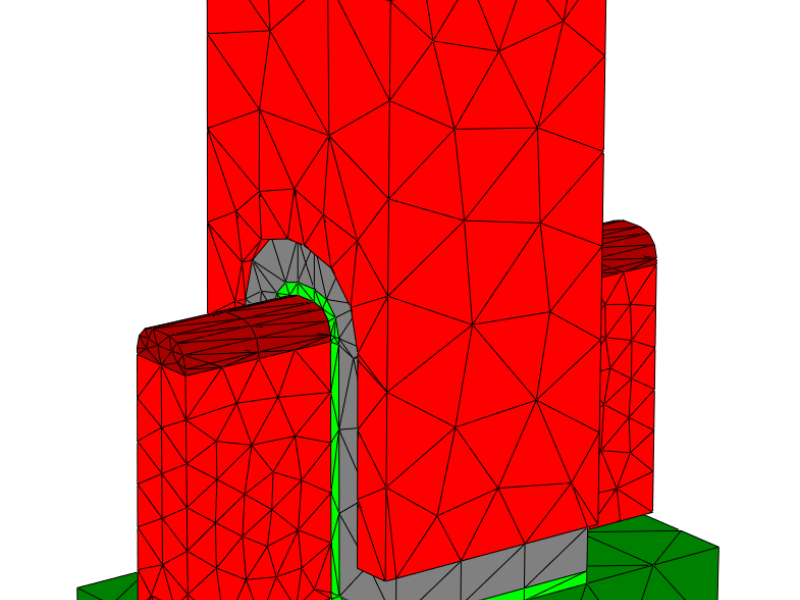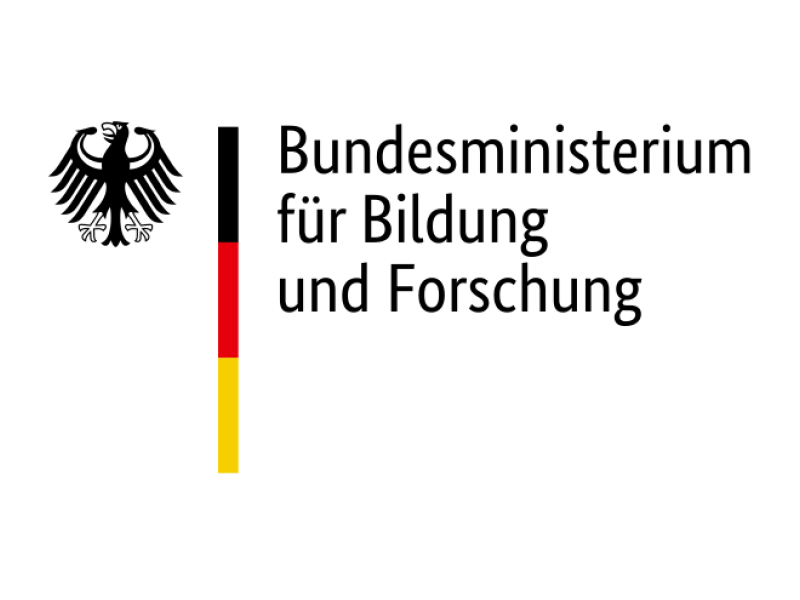This project is collaborative project together with Fraunhofer Institut für Integrierte Systeme und Bauelementetechnologie (IISB),
Friedrich-Alexander Universität Erlangen-Nürnberg (FAU), and with the application partners
Synopsis GmbH and JCMwave GmbH. The project is funded by the German Federal Ministry of Education and Research (BMBF, project number 05M20ZAA).
Since machine learning has established itself as a powerful method for solving a wide range of practice-relevant problems, the combination of model-based simulation and learning methods is rapidly gaining importance - especially in fields of application that are characterized by the existence of partly rigorous models on the one hand and insufficient availability of measurement data on the other. One such field is the design, manufacturing and testing of semiconductor nanostructures with optical technologies. The production of nanostructures for integrated circuits (ICs) and other applications has enabled the development of modern information technology and fundamentally changed our lives in recent decades. Of crucial importance for this development is the minimum producible (and measurable) size of the nanostructures on the ICs. The skilful use of data and physical models in semiconductor lithography - "classical" optical proximity correction (OPC) using in particular the Maxwell equations - has shown that physical barriers can be overcome. Today it is possible to produce and measure structures with dimensions far below the light wavelength. The increasing use of artificial intelligence methods in semiconductor manufacturing will help to push the physical limits for the production of nanostructures even further, and to manage the very large data volumes that occur in OPC more efficiently. Therefore, the aim of the project is to develop efficient methods for the selection and training of surrogate models based on simulation data in view of their use for the design or measurement of nanostructures with optical technologies.

